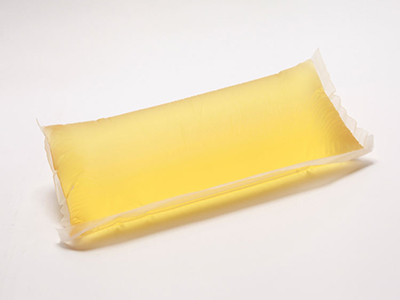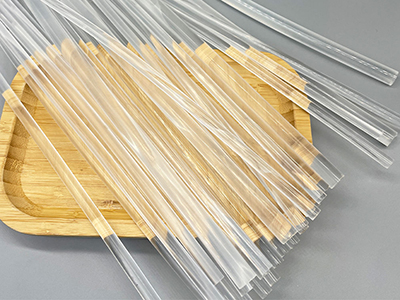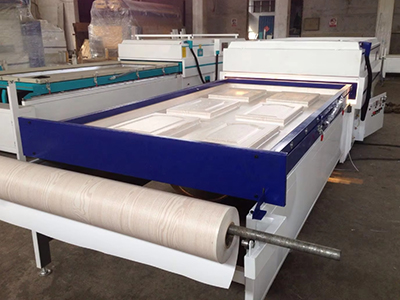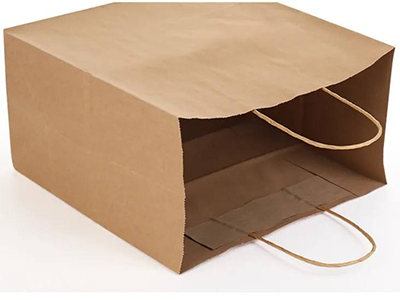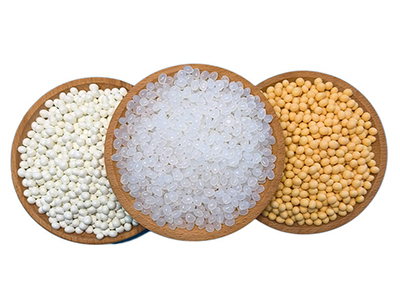Pressure-sensitive adhesives (PSAs) and contact adhesives are two distinct types of adhesives with different properties and applications. Here are the key differences between them:
1. Activation Method:
Pressure-Sensitive Adhesives (PSAs):
Activation: PSAs are tacky at room temperature and form a bond when pressure is applied. No heat or solvent activation is required.
Application: PSAs create a bond simply through the application of pressure, making them convenient for various applications.
Contact Adhesives:
Activation: Contact adhesives require both surfaces to be coated with adhesive and allowed to dry before bonding. The bond is formed when the coated surfaces are pressed together.
Application: Once both surfaces are coated and dry, contact adhesives form a bond upon contact. They are often used for bonding large surfaces or materials that are difficult to clamp.
2. Tackiness:
Pressure-Sensitive Adhesives (PSAs):
Tackiness: PSAs remain tacky at room temperature, allowing them to adhere to surfaces with light pressure. They are often used in applications where a temporary or repositionable bond is desired.
Contact Adhesives:
Tackiness: Contact adhesives are not inherently tacky before application. They become sticky and form a bond once the coated surfaces come into contact.
3. Repositionability:
Pressure-Sensitive Adhesives (PSAs):
Repositionability: Some PSAs are designed to be repositionable, allowing users to adjust the placement of the bonded materials before the bond becomes permanent.
Contact Adhesives:
Repositionability: Once contact adhesives are applied and the surfaces are pressed together, they typically form a strong and permanent bond. Repositioning is not as easily achievable.
4. Applications:
Pressure-Sensitive Adhesives (PSAs):
Common Uses: PSAs are commonly used in applications such as tapes, labels, medical adhesives, and graphics where a quick and easy bond is required.
Contact Adhesives:
Common Uses: Contact adhesives are often used for bonding large surfaces, laminating materials, and in applications where a strong and permanent bond is needed.
5. Materials Compatibility:
Pressure-Sensitive Adhesives (PSAs):
Versatility: PSAs can be formulated to adhere to a wide variety of surfaces, including paper, plastic, metal, and fabric.
Contact Adhesives:
Material Compatibility: Contact adhesives are suitable for bonding materials such as wood, laminates, metals, and some plastics.
In summary, while both PSAs and contact adhesives are versatile in their own right, the key distinction lies in their activation methods and the types of bonds they form. PSAs offer a quick and tacky bond with pressure alone, while contact adhesives require both surfaces to be coated and then come into contact for bonding.


